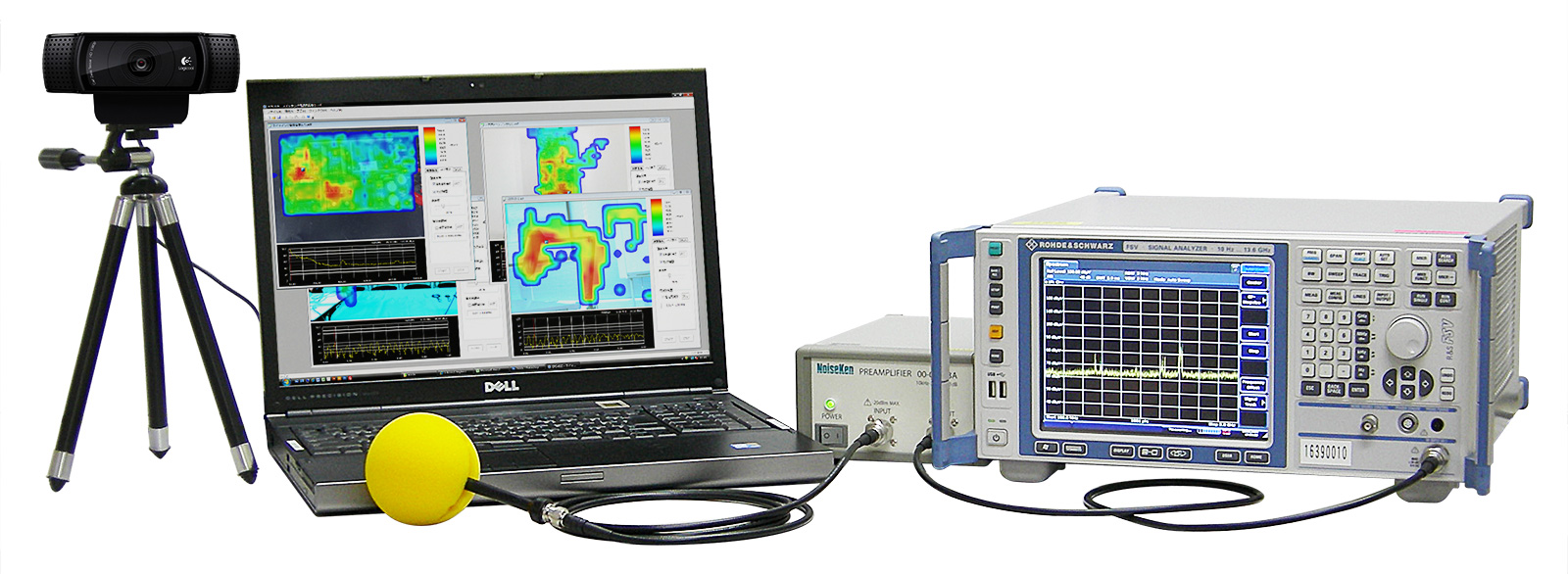Product packaging represents far more than just a container or marketing billboard. Packaging directly protects items, informs consumers, enables distribution and affects sales. Yet much packaging still gets viewed mainly as visual branding. Fortunately, perspectives are shifting. Savvy companies now recognize smart packaging’s strategic potential to create business value via multiple avenues, from sustainability to shelf appeal.
Preserving Product Integrity
Packaging’s number one role entails safeguarding a product. Materials and design attributes directly shield items from physical, temperature, moisture and other hazards during handling and storage that could cause damage or spoilage. Robust customizable protective packaging tailored to a specific item guarantees it remains usable until the consumer takes possession. Packaging damage meanwhile risks substantial expenses from waste, replacements, and aggrieved customers. Investing in packaging technologies explicitly focused on preservation allows companies to avoid such unnecessary costs through better product integrity and post-purchase experiences.
Lightweighting and Sustainability
With eco-consciousness growing among consumers, regulators, and companies themselves, packaging sustainability now tops corporate agendas as a reputational and ecological imperative. Wasteful packaging symbolizes excess and insincerity regarding environmental commitments. According to the experts at Epsilyte, brands responding via lightweighting with materials like EPS products, recyclability, biodegradability, and material efficiency signal meaningful action that buyers reward with trust and loyalty.
Slimmer packaging also directly slashes materials costs and distribution carbon footprints for bottom line savings. Rather than an afterthought, astute firms treat packaging design as a vital tool for trimming supply chain waste. Even basic changes such as thinner plastic walls or simplified packing can significantly curtail environmental impacts when scaled company-wide while maintaining item protection.
Improving Transport and Storage
Inadequate packaging leads to damage from loading, crashes, weather, or leaks throughout supply chains. Companies consequently suffer costs from losses along with replacement supplies, labor, and transportation. Durable, optimized packaging tailored to downstream risks minimizes such inefficiencies.
Modular designs boost stacking strength for warehousing. Unitization enables easier, faster loading to cut freight costs. Ergonomic shaping eases handling strains. Packaging advancements assist managerial goals like just-in-time practices by making items transport ready whenever required. Other features, like RFID tags, enable supply chain monitoring. Optimized packaging facilitates easier, affordable product movement and clarity.
Informing and Attracting Shoppers
Though often underappreciated, product packaging plays an influential marketing role central to sales. Package sizes, shapes, materials, sealing, labeling, and graphics constitute a silent sales pitch engaging shopper interest. Informative detailed labeling educates customers on proper use, key features, and sustainability. Attractive designs that catch eyes spur emotional connections and purchases.
Yet packaging must also remain intuitive, legible, and honest to avoid frustrating shoppers. Research finds well-designed visual packaging sways 9 in 10 buying decisions by communicating critical consumer information rapidly through controlled messaging and branding. Companies should thus strategically treat packaging’s advertising potential on par with conventional promotional campaigns when aiming to attract and inform shoppers.
Maintaining Freshness and Quality
Preserving freshness requires deliberate packaging efforts, especially with foods, chemicals, and sensitive products. Impermeable barriers prevent external moisture, oxygen, and contaminants from degrading contents. Desiccants collect ambient moisture while modified atmosphere packing regulates interior oxygen levels favorably. Other intelligent packaging contains sensors tracking spoilage indicators like microbes or metabolites to ensure quality.
Active packaging then responds in real time to environmental changes, unleashing preservative chemicals only when necessary to maintain contents optimally. While costlier than passive techniques, active and smart systems provide sustainability benefits from targeted precision.
Conclusion
In today’s competitive marketplace, smart packaging represents far more than just a container or box. It is a strategic asset that can create significant business value across the entire product lifecycle. Intelligent packaging design and material choices directly impact cost efficiency, customer satisfaction, and brand reputation.


